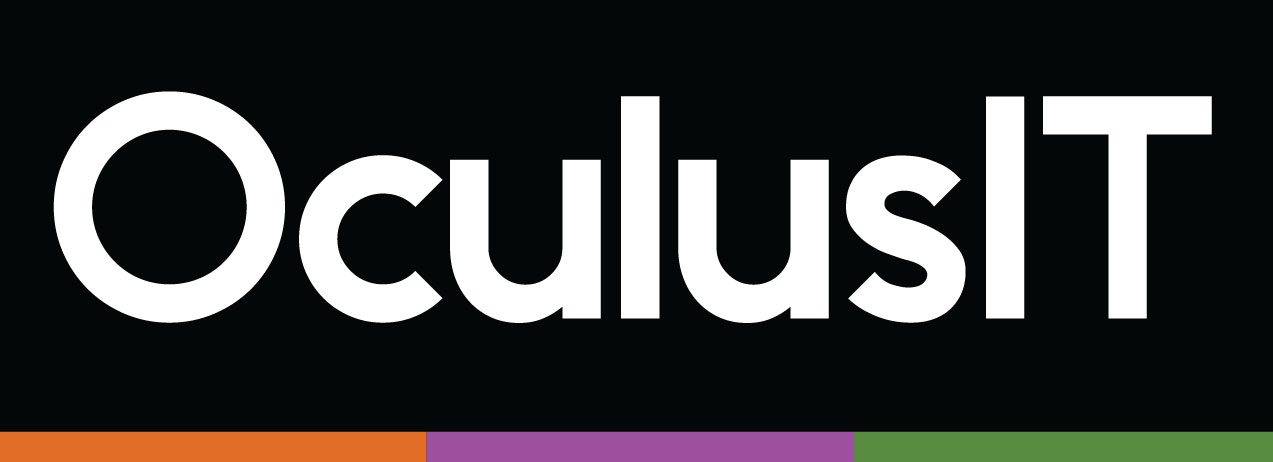
Top 5 Factors That Make or Break an IT Outsourcing Partnership in Higher Ed
May 19th, 2025
When a university’s learning management system crashes during finals week or a data breach exposes sensitive student information, the repercussions are immediate and severe. These are not just technical failures. They are institutional risks that impact trust, operations, and outcomes.
More institutions are turning to IT outsourcing as a way to modernize infrastructure, streamline support, and focus internal teams on strategic priorities. But choosing the wrong outsourcing partner can create more problems than it solves.
Here are five key considerations higher education leaders should keep in mind when selecting an IT outsourcing partner:
1. Focus on Long-Term Value, Not Just Short-Term Cost
While budget is a key driver for outsourcing, choosing a provider based solely on price can be risky. A low-cost vendor may not offer the expertise, responsiveness, or strategic alignment your institution needs. Instead, prioritize vendors that demonstrate proven outcomes, value-added services, and a transparent pricing model that supports your goals.
It is important to assess the total cost of ownership, not just the initial service fees. A provider that offers proactive managed services, consistent IT help desk support, and scalable infrastructure solutions can ultimately reduce downtime and lower hidden costs. This long-term value directly contributes to institutional resilience and digital transformation.
2. Prioritize Higher Education Expertise
Higher ed IT environments are complex and unique. From compliance to integrating platforms like Banner®, Colleague®, or Jenzabar®, your partner should know the ecosystem inside out. Choose providers with experience supporting colleges and universities, familiarity with major ERPs, and case studies from institutions like yours.
Look for vendors who have dedicated higher education practices. Their experience with student lifecycle systems, admissions platforms, and campus-wide applications like Slate or PowerFAIDS ensures that your specific needs will be understood and met with precision.
3. Define Expectations Through Clear SLAs
Vague deliverables or lack of accountability often derail partnerships. A detailed Service Level Agreement (SLA) sets clear performance metrics, escalation protocols, and response time guarantees. Look for vendors with defined KPIs, shared accountability, and support models aligned with your academic calendar.
A strong SLA should include benchmarks for first response time, issue resolution time, and system uptime. Consider service providers offering 24x7x365 support through a Network Operations Center (NOC) or Security Operations Center (SOC). This around-the-clock coverage is critical for institutions serving students across time zones or delivering hybrid learning experiences.
4. Evaluate IT Partner Communication and Cultural Fit
Even technically capable partners can fall short if there’s poor communication. Your IT partner should feel like an extension of your internal team. Ensure they offer dedicated account managers, regular reporting, time zone compatibility, and proactive communication protocols.
5. Think Beyond Support: Look for Strategic Partnership
Your IT partner should not just fix problems. They should help prevent them. Institutions benefit most from providers who offer guidance, innovation, and roadmap planning. Favor vendors who offer vCIO or strategic advisory services, insights on emerging technologies, and a history of long-term client retention.
A true strategic partner will bring leadership to the table during digital transformation initiatives. They will help assess cybersecurity posture, identify gaps in current IT infrastructure, and guide cloud migration strategies. Services like virtual Chief Information Security Officer (vCISO) support and IT risk assessments can help you stay ahead of compliance and security expectations.
Conclusion
Choosing an IT outsourcing partner is not just about resolving immediate issues. It is about finding a team that understands the higher ed landscape and helps your institution grow, adapt, and thrive. By weighing these five considerations, colleges can build sustainable partnerships that deliver real value to students, faculty, and administration.
Looking for a higher ed-focused IT partner? Contact us today to build a smarter, more resilient IT strategy with OculusIT.
Recent Articles


























